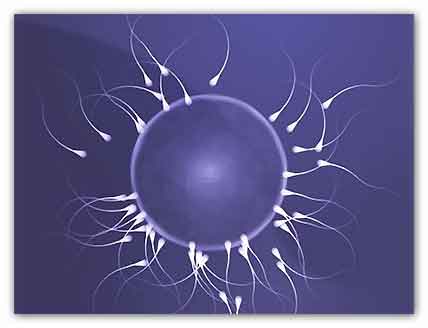|
Research in The FASEB Journal suggests that cannabis
exposure may affect DNA-bound proteins, sperm
chromatin and have an impact on fertility, embryo
development and offspring health.

In a research report appearing in the April 2016
issue of The FASEB Journal, scientists show that a
cannabinoid receptor, called "CB2," helps regulate
the creation of sperm. Not only does this provide
more evidence that marijuana can disrupt fertility
in males, but it also suggests a therapeutic
strategy for treating male infertility.
"The possibility to improve male fertility is one of
the main focuses of this study, since infertility is
a worldwide problem that affect up to 15% of couples
in which male factors account for almost 20-70%,"
said Paola Grimaldi, Ph.D., a researcher involved in
the work from the Department of Biomedicine and
Prevention, School of Medicine at the University of
Rome Tor Vergata in Rome, Italy.

To make their discovery, Grimaldi and colleagues
treated three groups of mice with different agents
for 14 to 21 days.
The first group was treated with a specific
activator of the CB2 receptor.
The second group was treated with a specific
inhibitor of the CB2 receptor.
The third group received only a saline solution and
served as the control group.
The group treated with the CB2 activator showed an
acceleration of spermatogenesis, while the group
treated with the inhibitor displayed a slower rate
of the process.
This suggests that a tight balance of CB2 activation
is required for the proper progression of
spermatogenesis.
"That the normal beneficial effects of endogenous
cannabinoids on spermatogenesis can be stimulated
further by a chemical mimic, an agonist, is a
potentially promising new idea for treating male
infertility," said Thoru Pederson, Ph.D.,
Editor-in-Chief of The FASEB Journal.
For more information
Type 2 cannabinoid receptor contributes to the
physiological regulation of spermatogenesis.
Daniele Di Giacomo, Emanuela De Domenico, Claudio
Sette, Raffaele Geremia, and Paola Grimaldi.
FASEB J. April 2016 30:1453-1463; Final publication
April 1, 2016. Early online publication December 15,
2015. doi:10.1096/fj.15-279034.
MDN |